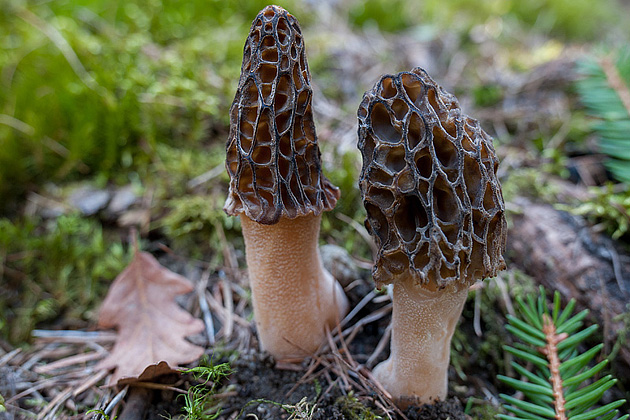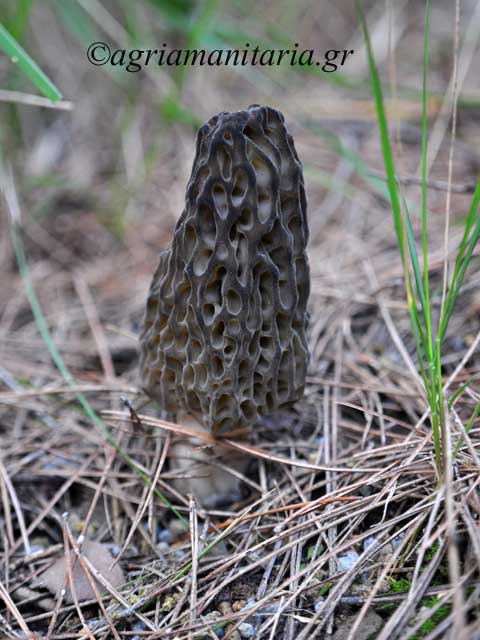

Science Publishers, USA, 422 ppīaynes M, Newcombe G, Dixon L, Castlebury L, O’Donnell K (2012) A novel plant-fungal mutualism associated with fire. In: Misra JK, Tewari JP, Deshmukh SK (eds) Systipeatics and Evolution of Fungi. Mycotaxon 44(2):333–390īarseghyan GS, Kosakyan A, Isikhuemhe OS, Didukh M, Wasser SP (2012) Phylogenetic analysis within genera Morchella ( Ascomycota, Pezizales) and Macrolepiota ( Basidiomycota, Agaricales) inferred from rDNA ITS and EF-1a Sequences. Syst Biol 60:685–699īaral H-O (1992) Vital versus herbarium taxonomy: morphological differences between living and dead cells of Ascomycetes, and their taxonomic implications. Syst Biol 55:539–552Īnisimova M, Gil M, Dufayard JF, Dessimoz C, Gascuel O (2011) Survey of branch support methods demonstrates accuracy, power, and robustness of fast likelihood-based approximation schemes. Overall, our results place Cyprus as a worldwide hotspot of Morchella diversity, establishing the island as a place of special interest in future studies aiming to decipher the evolutionary history and ecological trends within this iconic genus.Īnisimova M, Gascuel O (2006) Approximate likelihood-ratio test for branches: a fast, accurate, and powerful alternative. The presence on the island of five species of transcontinental distribution, accounting for nearly half of the total number of species recorded, sheds new light on the genus biogeography, questioning the hypothesis of recent anthropogenic dispersals of morel species. A description for the widespread, yet poorly known Mediterranean species Morchella dunalii is further provided, and a detailed polythetic approach is introduced in systematics, to overcome the inherent difficulties associated with the morphological recognition of phylogenetically confirmed species. Following careful re-examination of the Morchella vulgaris clade, two closely related sister species are revealed, and the taxon Morchella dunensis is revived to accommodate Mes-17.

Two of these are here newly described, as Morchella arbutiphila and Morchella disparilis, respectively, whilst the other two are provisionally assigned the phylogenetic codes Mes-28 and Mel-38. Notably, four species are recognized as new to science, including one species in Sect.

Eleven species are molecularly confirmed, nine of them previously unreported from the island. A detailed account of the genus Morchella in the island of Cyprus is presented, based on integrative phylogenetic, morphoanatomical, ecological, and chorological analyses.


 0 kommentar(er)
0 kommentar(er)
